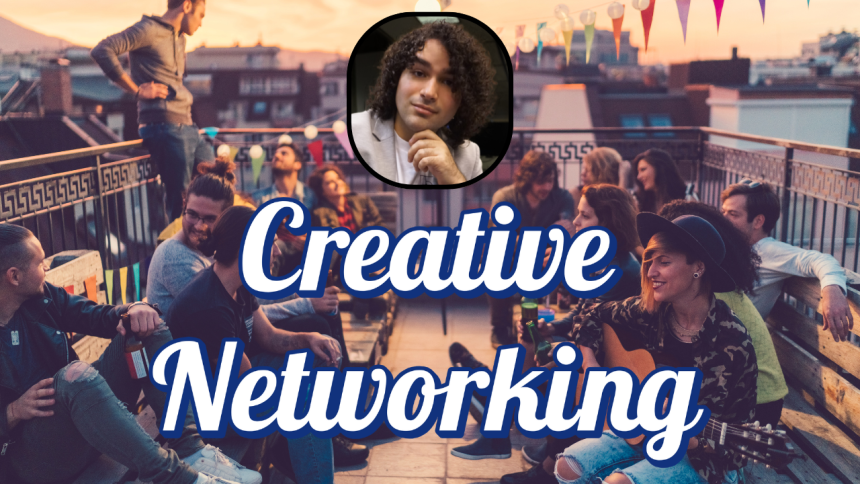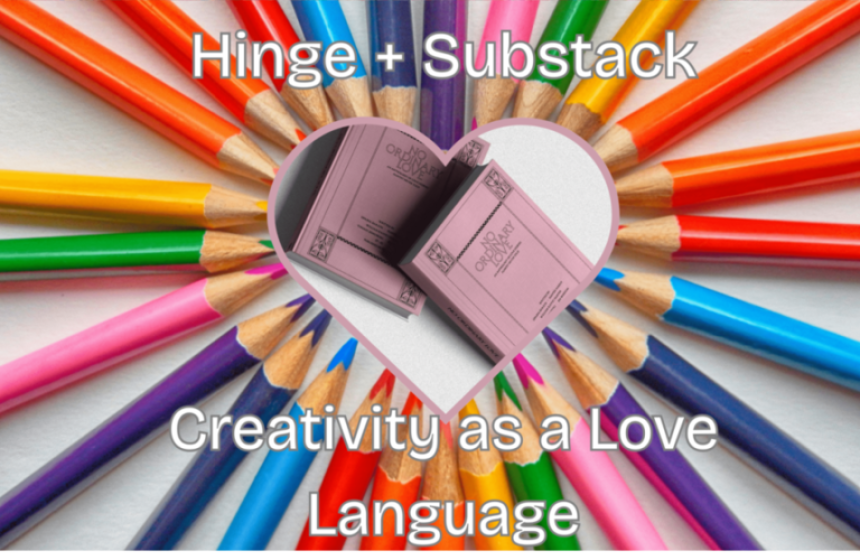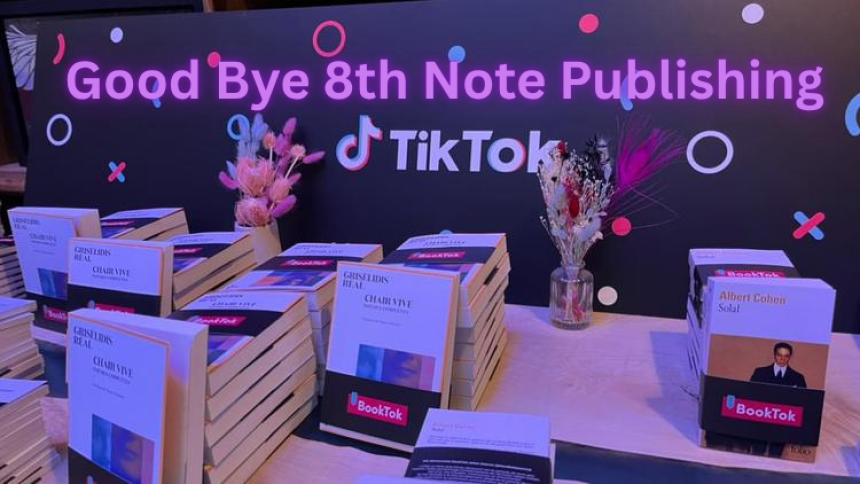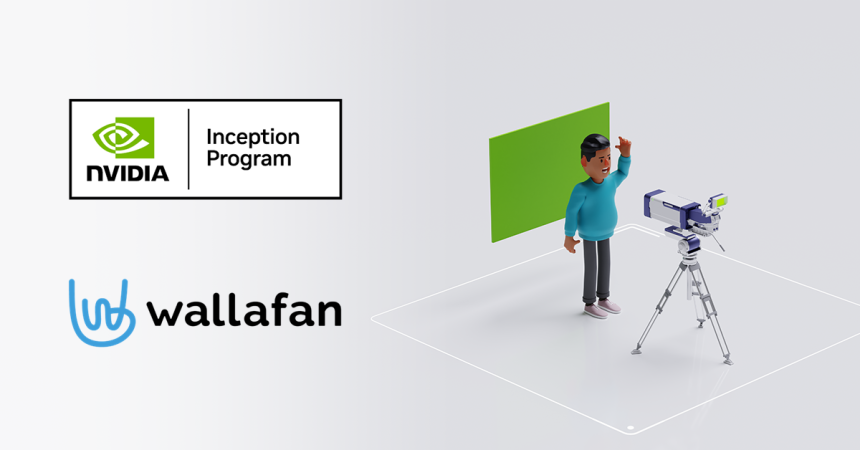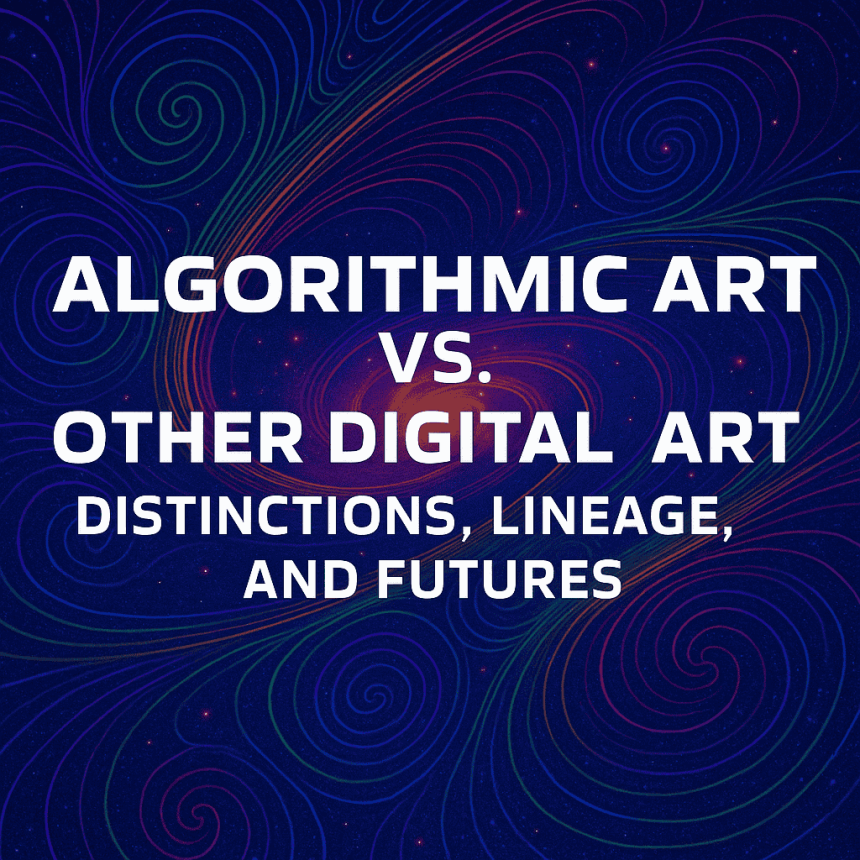
Algorithmic Art vs. Other Digital Art: Distinctions and Evolution
The term digital creator references a wide variety of creator types. There are specific digital creators who are taking the medium to new heights translating the core of what it means to digitize. computerize. They make the digital dvances their medium of creation.
"Infinite Images: The Art of Algorithms," at the Toledo Museum of Art, boldly surveys the evolution of generative and algorithmic art from the 1960s to today. Featuring 24 artists, the exhibit traces the arc from hand-drawn geometric structures to blockchain-based NFTs, exploring how rules, code, and systems have become creative media in their own right. This article examines the conceptual, technical, and aesthetic distinctions between algorithmic art and other forms of digital art, profiles pioneering and contemporary works included in the Toledo show, and considers the trajectory of this ever-expanding field.
The Origins of Algorithmic Art
Algorithmic art was born in the early 1960s. Rather than drawing directly, artists such as Georg Nees, Frieder Nake, Vera Molnár, and A. Michael Noll wrote code to instruct machines (often pen plotters) to produce visual forms using algorithms—sets of rules executed by computers.
Harold Cohen expanded the field with AARON, an early AI art program launched in the late 1960s that evolved from drawing abstract lines to generating richly colored figurative compositions by the 1990s.
Josef Albers, though not a computer artist, laid important groundwork for algorithmic thinking through his methodical, rule-based studies of color and geometric relationships—most famously realized in the serial painting project "Homage to the Square".
From Plotters to NFTs: A Lineage of Innovation
Early algorithmic art was realized through plotters—robots holding pens that moved across paper with computer-perfect precision, producing optical effects and geometric repetition.
With the rise of digital media, the practice expanded into software- and screen-based forms, including fractal art and digital generative works. Today, algorithmic art is experiencing a renaissance in the realm of NFTs and blockchain, where artworks often exist purely as code or on-chain instructions.
The Role of the Algorithm
In algorithmic art, the algorithm itself is central to the artistic process. The artist often relinquishes some control to the system, letting the program "choose" outcomes within set boundaries. In contrast, other digital artists use computers as an extension of their hand, exercising full creative authority at every step.
How Algorithmic Art Differs From Other Digital Art
Although algorithmic and digital art both harness computational power, the relationship to technology and creative process differs:
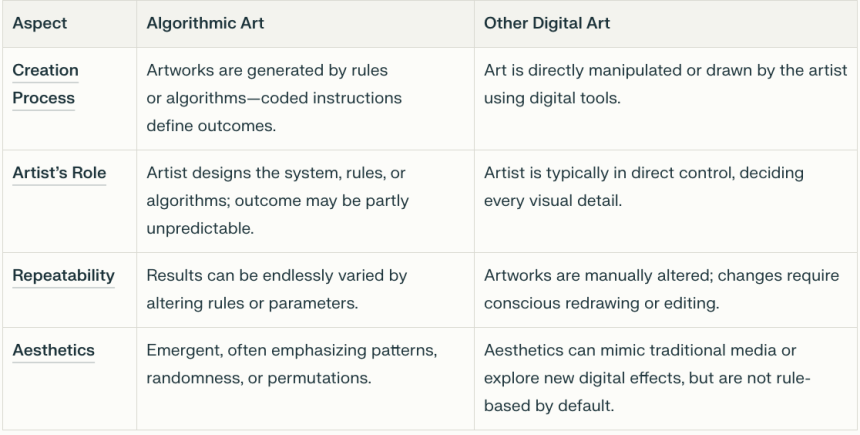
Vera Molnár — Des(Ordres) (1974)
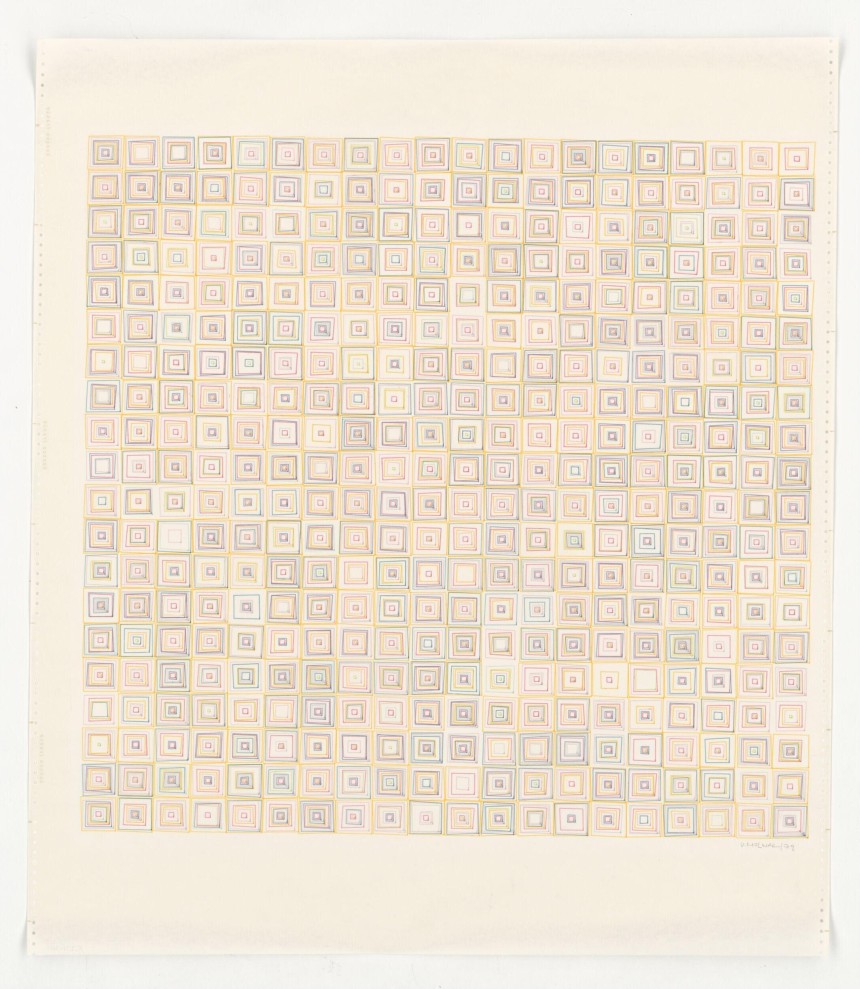
A plotter-drawn series exploring disruptions of geometric order, exemplifying her pioneering generative approach.
Harold Cohen — AARON (Susan with Plant, 1991)
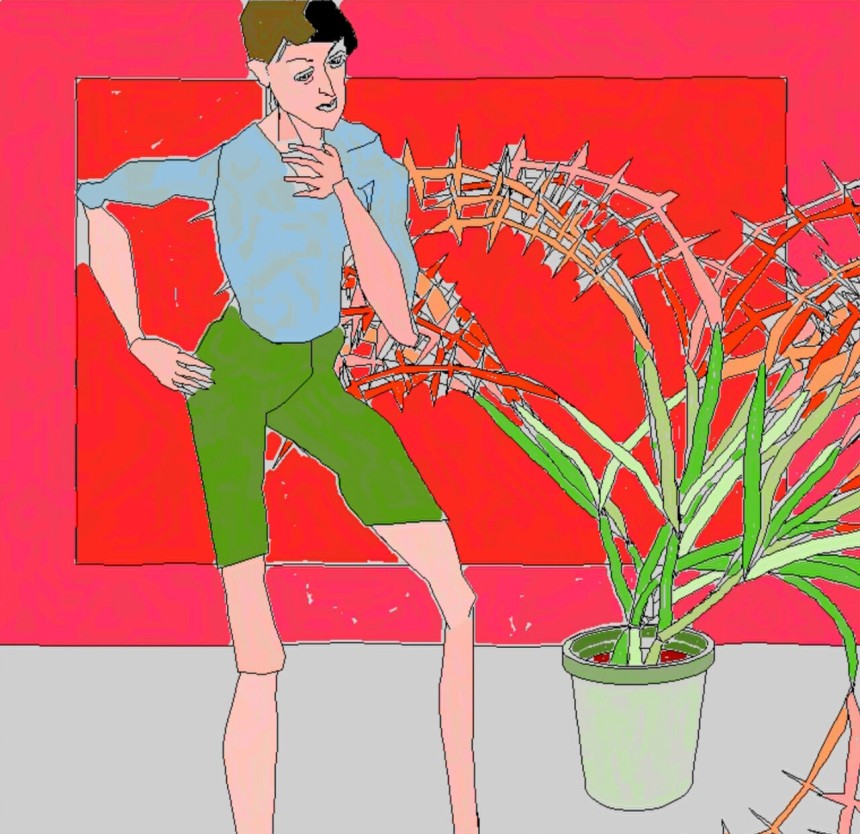
One of the first AI art programs, evolving from lines to detailed colored forms, as demonstrated in works like "Susan with Plant"—blurring abstraction and figuration.
Josef Albers — Homage to the Square (1950–1976)
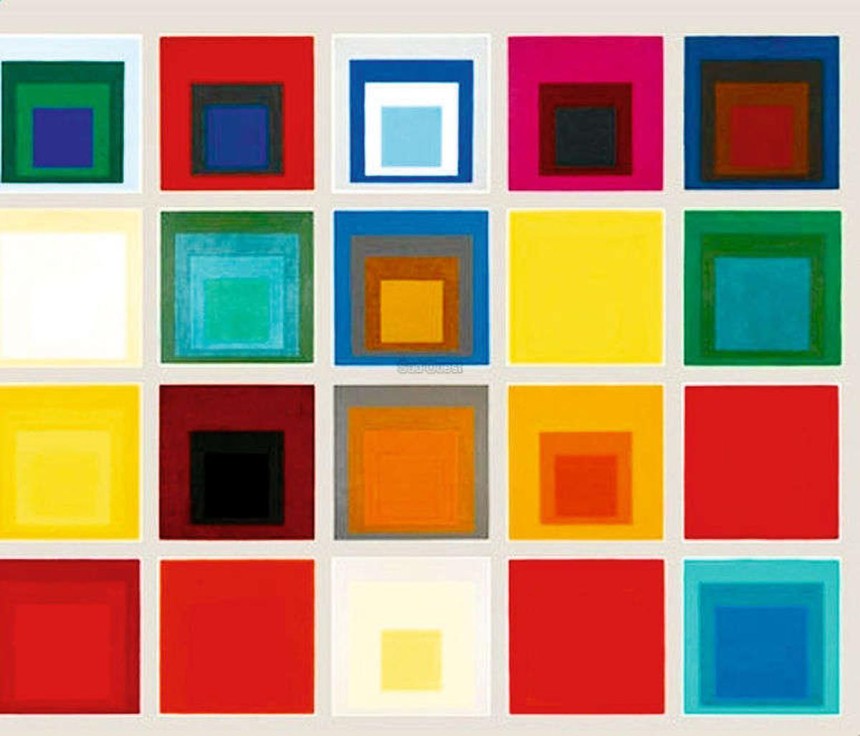
Paintings structured by serial, recursive exploration of color relationships, a precursor to later algorithmic and generative logic.
Larva Labs — Autoglyphs (2019)
NFT artworks composed entirely of on-chain code, with each glyph a product of the blockchain’s algorithmic process.
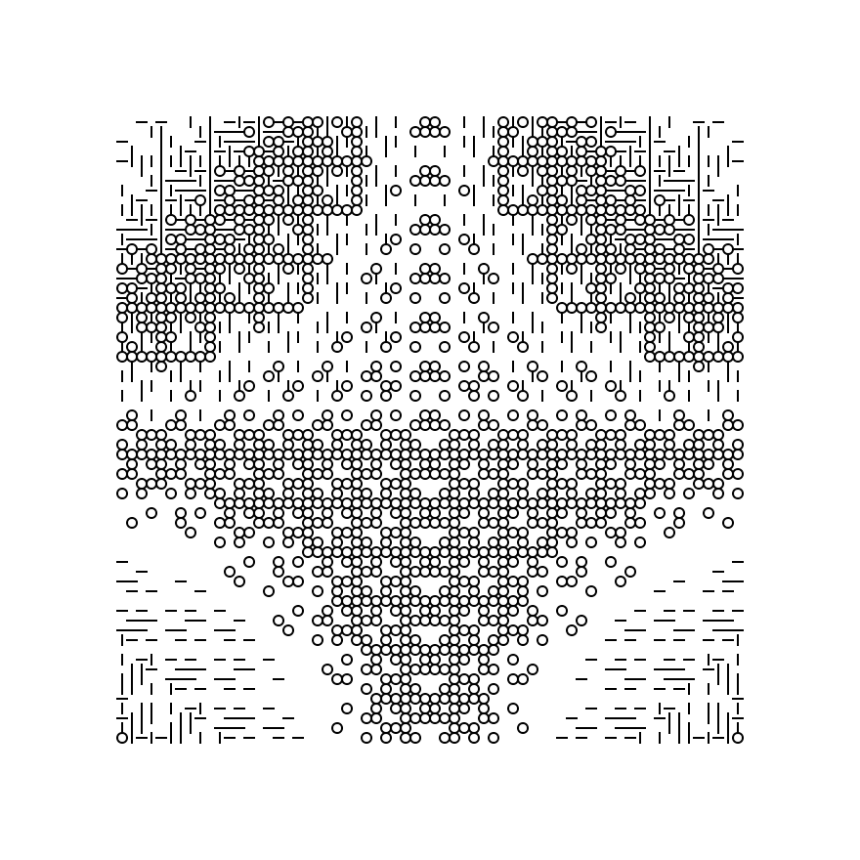
Contemporary Innovators
Emily Xie
Digital generative textiles and web-based visualizations.

Operator (duo) – Human Unreadable (2023
algorithmic choreography mapped onto blockchain frameworks.
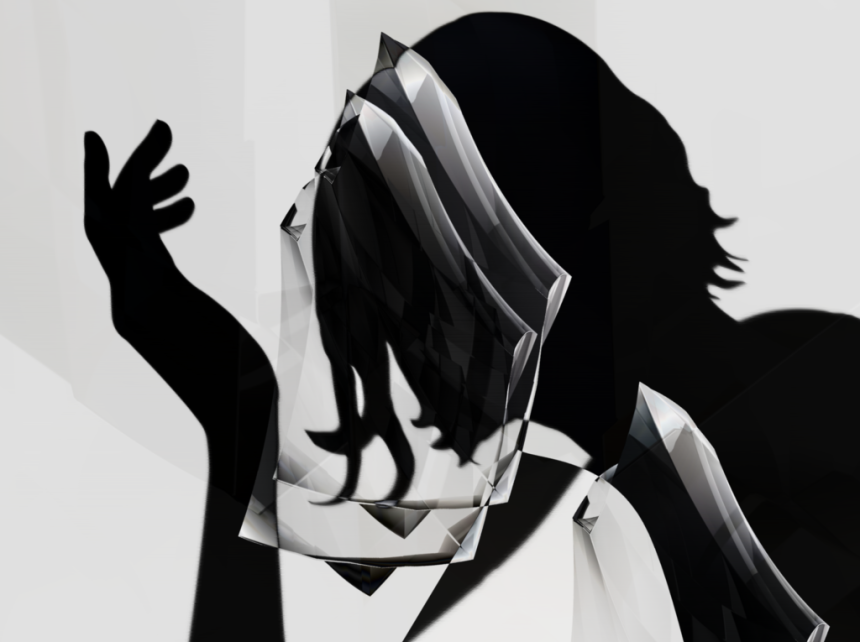
Sarah Meyohas – Cloud of Petals (2014)
Infinite Petals (2019), fusing AI with botanical data for poetic explorations.

The Algorithm as Artistic Medium
Algorithmic art’s distinguishing trait is its focus on the creative role of systems. Artists write processes—rules, programs, or procedures—delegating part of the creative outcome to the computer or code itself. Early experiments with plotters have given way to fully digital, interactive, and even crowd-sourced works, where code and audience participation shape outcomes in real time.
Thematic Currents & Future Prospects
Key Currents
- Hand to Code: The journey from manually-executed algorithmic thinking (Albers) to the direct use of programming and plotters (Molnár, Cohen).
- Blockchain & NFTs: On-chain artworks like Autoglyphs are radical for existing solely as generative executable code—art becomes transaction, contract, and image at once.
- Interactivity: Performative projects such as Operator’s Human Unreadable suggest a future for responsive, algorithmic co-creation.
The Road Ahead
- Algorithmic Personalization: Art that adapts to the viewer or context via machine learning.
- Physical-Digital Hybrids: Expect plotter drawings, NFTs, and programmatic installations to merge, manifesting as both on-chain entities and tangible objects.
- Expanded Authorship: The lines between artist, programmer, machine, and audience are blurring through collaborative, procedural creation.
Algorithmic art remains at the intersection of creativity, mathematics, and philosophy: as algorithms grow more powerful and immersive technologies take center stage, this lineage will likely yield forms, experiences, and engagements we can’t yet predict.
Sources Cited
https://toledomuseum.org/exhibitions/infinite-images-the-art-of-algorithms
https://www.art-magazine.ai/what-is-on/infinite-images-the-art-of-algorithms
About the Author
Nikki Lopez is a seasoned professional with over a decade of experience in the startup world, specializing in leveraging creative content and community building to empower content creators. Known for a strategic approach and a deep understanding of audience needs, Nikki has a proven track record of leading the development of engaging content strategies and guiding the growth of thriving communities. Her leadership focuses on fostering meaningful interactions and impactful journeys for both creators and their audiences.

